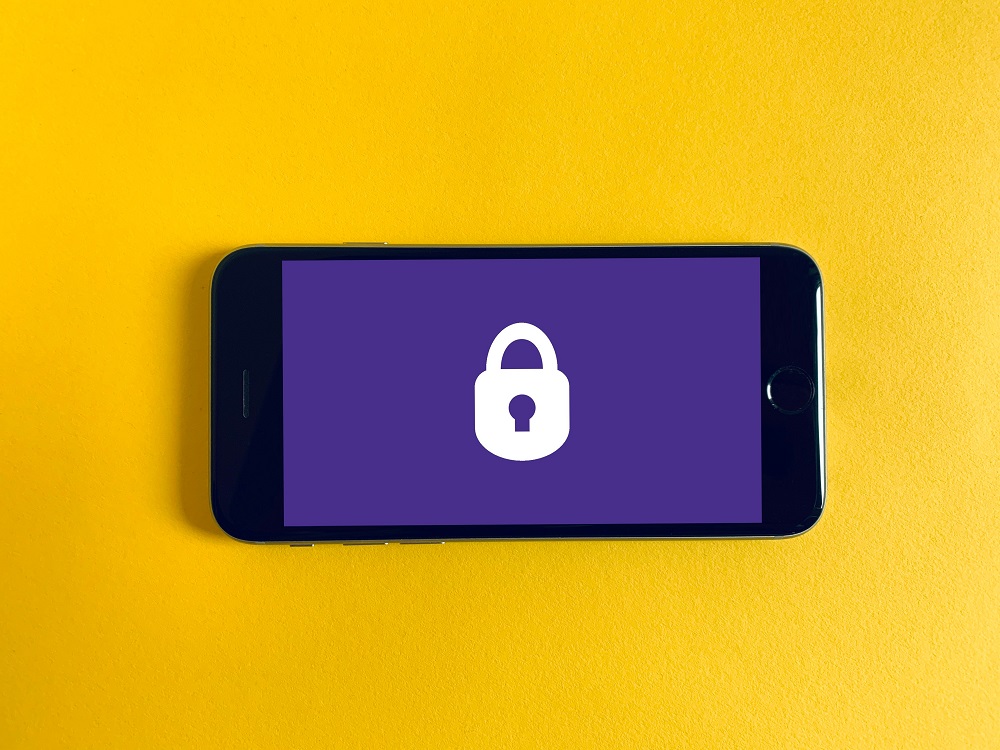What is end-to-end encryption? Here are the messaging apps using it.
End-to-end encryption
End-to-end encryption is a security system consisting of blocking every message you send via a key messaging app, a key that you and the recipient who receives the message only own. This password is changed every time a message is sent, making it more difficult for other people to access shared content.
This way, the conversation is protected by changing an automatically updated code, and users don’t have to do anything to use this security action. This tool prohibits all contents of messages: texts, photos, audio recordings, documents and any other type of data you share via chats. As we said, only the sender and receiver devices of the message have the key to decrypt them. This way, the messaging service itself cannot access the data shared by its customers. This also means that information is protected when sent, but not when it already exists on your mobile phone. There, it is your responsibility to maintain its privacy by creating a good lock code or messaging app itself.
Messaging apps with end-to-end encryption
End-to-end encryption is a basic security system in messaging apps, so we will review which one contains this function and which one does not have this function. Of course, using those that lack complete encryption is a risk to your personal information.
It took a long time, but WhatsApp added a thorough encryption of their conversations since April 2016. Users can see that this tool works every time they open a new conversation where the following message appears: “Calls and messages sent to this chat are now safe with complete encryption between the parties.” Users have had to wait more than 5 years for WhatsApp to add end-to-end encryption to backups as well. Thus, neither WhatsApp nor Google nor any other owner of cloud storage platforms will have access to the backup content of your accounts.
Telegram
As Telegram explains in its blog, the messaging platform has two layers of secure encryption. On the other hand, it has server and client encryption that runs on chats in the cloud, both private and in groups. In addition, an additional layer of client and customer encryption is used in secret telegram conversations. This means that only secret chats enjoy end-to-end encryption.
Facebook Messenger
Facebook chose the same year as WhatsApp (2016) to add comprehensive encryption to Messenger, its messaging app. In addition, in 2021, Messenger added this security tool to calls and video calls. This way, you can now speak quite safely on this app, knowing that no one will be able to decode the key that protects chats.
Signal
Signal, often described as the safest messaging platform, features end-to-end encryption. Without going any further, Signal was one of the first services to use this tool. In addition, this platform also provides other very important security measures for users, such as self-destructing messages, using a personal PIN code and jamming images to protect the identity of the people who appear in them.
Skype
“All instant voice, video, file and message transfers are encrypted among Skype users.” In addition, Skype adds that it uses the AES system (advanced encryption standard) to protect conversations. It also uses maximum 256-bit encryption and RSA 1536 or 2048-bit certificates to authenticate a user’s general keys during login. In short, it’s a secure messaging platform to communicate.
Viber
We went to the security section of the Viber website to find that the service uses end-to-end encryption in conversations and calls by default, so neither Viber nor any other user not involved in the chat can access messages. According to the app, none of the shared content in the conversations is kept on their servers, so you are safe at all times.
Zoom
Although its security has sometimes been questioned, the fact is that Zoom has end-to-end encryption in meetings to protect content shared in meetings. As we see on Zoom, account owners and administrators can enable this additional layer of security for meetings, but this requires all participants to access Zoom Desktop Client, mobile app or Zoom Rooms. Zoom uses asymmetric encryption for end-to-end encryption, and keys are generated by user devices, not by Zoom servers. Of course, using this security layer presupposes deactivating certain functions in meetings, such as being able to enter before the host, direct transmission, cloud registration or voting.
Discord
Although it’s not a messaging platform, Discord is used by users to chat and share virtual meetings. Unfortunately, Discord does not have comprehensive encryption for text messages, video calls or audio. Instead, messages are encrypted when sent and stored on service servers.
You can also see:
This website is difficult to describe but it has more than 200 tools for anything you need for free

